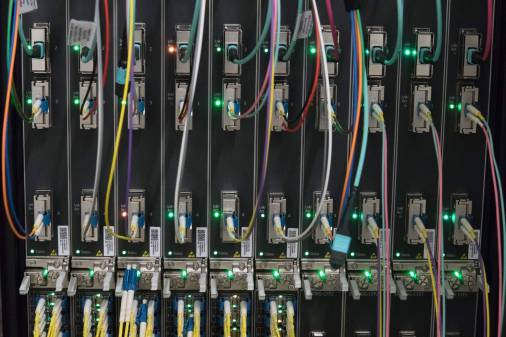Local governments find remote work to be ‘starting over’ point

The coronavirus pandemic forced municipal governments around the country to expand their remote workforce rapidly, but county officials said last week that the learning curve will help them make smarter technology decisions in the future.
Mike Lynch, Boston’s broadband director, said his city — one of the country’s earliest COVID-19 hotbeds, with more than 13,000 cases — is considering cancelling a planned procurement process for a legislative information management system because the desired system wouldn’t have provided the remote capabilities that will be necessary in a post-pandemic world. Instead, he said, Boston will need a platform compatible with remote tools, like virtual private networks and video conferencing services.
“I think we’re going to start over,” Lynch said during a June 4 webinar hosted by the Public Technology Institute. “This COVID-19 experience has taught us that civic engagement is going to need a lot of remote platforms. Whether those platforms are digital comment-based platforms or video-conference based platforms, we don’t know. But we’re going to have to revisit that exercise.”
Because hundred of thousands of Bostonians have also been forced into conducting their work, school and health care from home, the city has developed new 311 lines with specific constituencies in mind, such as seniors and other high-risk groups. Along with the new hotlines, Lynch said the city has had to do a lot of “hand-holding,” teaching government employees how to use new software and troubleshooting issues, such as home offices requiring more bandwidth or employees using unsecured communication channels.
Other municipal governments have felt similar growing pains in expanding their remote operations. Mitsuko Herrera, the chief broadband officer for Montgomery County, Maryland, said agency heads there were skeptical about the potential of remote work soon after the pandemic began. Despite the entire county government having the capability to work remotely since 2017, only 300 employees were availing themselves of full-time telework last year. Over the past few months, more than 4,000 county workers have been logging in from home.
“We’ve had telework since 2017, but the issue there is we never really embraced it,” Herrera said. “Departments could opt out, and HR realized there were a lot of managers concerned with knowing if people were actually working or not.”
But communication between Montgomery County divisions has “skyrocketed” during the quarantine, according to data Herrera collected based on usage of Microsoft’s Teams and Skype software. Prior to the pandemic, employees were sending about 1,000 private chats a day. By the end of May, though, county workers were exchanging more than than 18,000 chats and 1,000 video calls daily, Herrera said.
The communication expanded because of an “aggressive” information campaign from the county’s technology services department, Herrera said. Memos were replaced with how-to videos, step-by-step graphics and lists of the explicit benefits of remote work. In retrospect, she said, the transition could have been even smoother if more people had gone remote before COVID-19.
“Overnight, we had to launch [into teleworking] and we didn’t have that,” she said. “So in hindsight, it would be good to have taken a little bit more advantage of that.”




